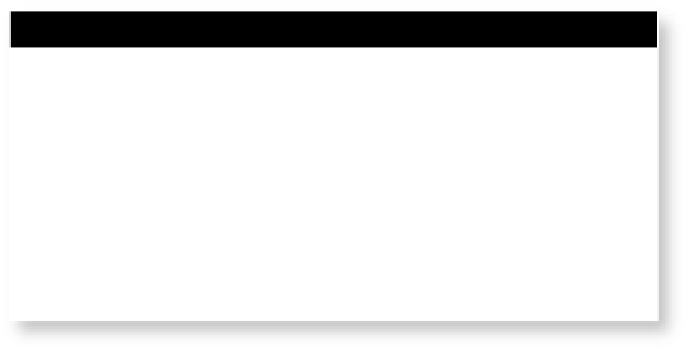Environmental Engineering Reference
In-Depth Information
First, bottled water isn't tested as often as tap water is for impuri-
ties and possible pollutants. Second, some bottled water basically
originates as tap water, or comes from public reservoirs. PepsiCo.
admits that's the case with its popular Aquafi na brand. Coca-Cola
Company's Dasani water also is from public water sources. A relative
newcomer to the bottled world, Tap'd NY, advertises that it is
New York City tap water—purifi ed, of course.
WATER BATTLES
The bottled water business isn't without its water wars.
One fi ght pitted the small town of Shapleigh, Maine, with
about 2,300 residents, against Poland Spring Brand Natural
Spring Water, part of giant Nestlé Waters North America.
Poland Spring wanted to draw waters from underground
springs in the area, but in September 2008, town residents
said “no,” temporarily, and then made the “no” permanent in March
2009. Later that year, Poland Spring abandoned its test wells, and
“moved on.” No doubt there will be another fi ght another day.
A recent study by the nonprofi t Washington, DC-based
Environmental Working Group (EWG)
14
identifi ed contami-
nants in some brands of bottled water. The group tested 10 U.S.
bottled water brands in eight states and the District of Columbia,
and turned up “thirty-eight different pollutants, including bacte-
ria, fertilizer, Tylenol, and industrial chemicals,” the group says. In
releasing its October 15, 2008, report, EWG wrote:
Laboratory tests conducted for EWG at one of the country's lead-
ing water-quality laboratories found thirty-eight contaminants. . . .
The pollutants identifi ed include common urban wastewater
pollutants like caffeine and pharmaceuticals, an array of cancer-
causing byproducts from municipal tap water chlorination, heavy
metals and minerals including arsenic and radioactive isotopes,
fertilizer residue, and a broad range of industrial chemicals. Four
brands were also contaminated with bacteria.































